Understanding the Psychology Behind Youth Engagement
How Children Learn Through Play
Children don’t just love to play—they learn best when they’re doing it. Whether it’s tag, a scavenger hunt, or an obstacle course, play stimulates cognitive and emotional development. The brain releases dopamine during enjoyable activities, which enhances memory, learning, and emotional resilience. This is why embedding fun into fitness isn’t just a gimmick—it’s science-backed.
The Impact of Enjoyment on Motivation and Retention
When kids enjoy their fitness sessions, they’re more likely to return. Enjoyment increases intrinsic motivation—doing something because it feels good, not because they’re told to. For trainers, this means higher program retention and a more enthusiastic group of participants. The key is creating an environment where kids feel success and joy in every session.
The Link Between Fun and Physical Results in Young Athletes
Why Fun Boosts Consistency
Consistency is crucial to fitness progress, and the number one driver of consistency in youth programs is fun. If kids look forward to workouts, they show up—week after week. Skipping sessions becomes rare because they don’t want to miss out on the excitement.
Enjoyment and Effort: A Two-Way Relationship
Contrary to belief, fun doesn't mean slacking off. In fact, kids tend to push harder in engaging workouts. Games that involve chasing, scoring points, or beating a challenge spark competitive instincts and elevate heart rates naturally. This leads to better cardiovascular conditioning, strength, and endurance—all while having a blast.
Common Mistakes That Make Youth Fitness Programs Boring
Overemphasis on Structure and Discipline
Programs modeled too closely on adult fitness routines can alienate kids. Over-coaching, rigid rules, and punishment-based motivation (like “drop and give me 10”) stifle the natural playfulness children thrive on.
Lack of Creativity and Variety
Repetitive drills and monotony are engagement killers. If every class looks the same, kids disengage. They need novelty to stay interested—unexpected challenges, surprises, or games that evolve week by week.
Using Adult Training Methods on Kids
Kids aren’t miniature adults. Their biomechanics, attention spans, and emotional needs differ. Applying adult fitness principles—like maxing out reps or strict form critiques—can backfire, resulting in frustration and dropout.
What Makes Youth Fitness Fun?
Gamification and Challenges
Turning exercise into a game adds purpose. Think “fitness scavenger hunts,” “station challenges,” "Boardgains", or “beat your best score” drills. These make training feel like playtime and spark healthy competition.
Social Interaction and Team Play
Fitness becomes more enjoyable when kids connect. Team-based games, relay races, and group challenges build camaraderie and emotional bonds. These social ties are often the reason kids beg to return.
Celebration and Positive Reinforcement
Every success should be celebrated—big or small. High fives, applause, and reward systems reinforce effort and boost self-esteem, making kids want to chase that feeling again.
Practical Strategies to Make Every Session Exciting
Themed Workouts and Obstacle Courses
Trainers can spice things up with themed days: “Superhero Strength Day,” “Ninja Warrior Circuit,” or “Jungle Adventure HIIT.” Add tunnels, cones, ropes, and a storyline, and you’ve got an instant hit.
Incorporating Music and Movement Games
Upbeat music and dance-based games—like freeze dance cardio or musical circuit stations—make workouts feel like a party. Rhythm naturally energizes kids and keeps them moving longer.
Short Bursts of High-Energy Drills
Kids thrive on quick changes. Try mixing 30-second bursts of explosive movement with mini breaks or giggle-inducing dares. Think: sprint to the cone, frog jump back, then answer a silly riddle.
How to Foster a Positive Environment Kids Want to Return To
Creating a Judgment-Free Zone
Kids fear embarrassment. Creating a safe space where mistakes are part of the fun helps them build confidence. Avoid comparing abilities or singling anyone out.
Building Relationships with Every Child
Learn their names, celebrate their wins, and show genuine interest. When kids feel known and valued, their commitment skyrockets.
Age-Appropriate Programming that Feels Like Play
Designing for Ages 5-7
Focus on imagination, simplicity, and non-competitive fun. Activities like animal crawls, parachute games, or balance races work wonders.
Approaches for Ages 8-12
Introduce friendly competition and skill-building games. Obstacle races, dodgeball variants, and speed challenges keep them hooked.
Engaging Teens Without Losing the Fun
Teens crave autonomy and identity. Include goal setting, fitness tracking, and social challenges. Let them lead a warm-up or invent a game. Respect their input.
The Role of Coaches and Trainers in Delivering Fun
Energy and Enthusiasm Matter
Your attitude sets the tone. If you’re excited, kids mirror it. Be expressive, loud, goofy when needed—show them fitness is a celebration, not a chore.
Storytelling and Humor in Coaching
Make exercises part of a story: “You’re escaping a volcano!” or “You’re training to join the elite space squad!” A little drama goes a long way in engagement.
Tools and Resources to Gamify Youth Fitness
Apps, Scoreboards, and Wearables
Modern technology can amplify engagement when used wisely. Fitness tracking apps designed for kids—like GoNoodle, Sworkit Kids, or NFL Play 60—gamify movement by offering challenges, points, and badges. Physical leaderboards, wall charts, or digital displays in the gym can show team scores or personal progress, turning effort into visual success.
Wearables like step counters or simple heart rate monitors can also motivate kids by showing real-time feedback. Imagine a kid sprinting harder just to light up their fitness tracker—it’s fun and effective.
Creative Props and Equipment
You don’t need high-end gear. Pool noodles, cones, bean bags, balloons, hula hoops, and jump ropes offer endless variety. Create makeshift castles, rivers to jump across, or treasure hunts using colored mats. It’s less about budget and more about imagination.
Real Case Studies: Fun-Focused Programs That Work
Success Stories from High-Retention Gyms
One example is “FitKids Club” in Chicago, which revamped their youth fitness approach to center entirely around fun. Within a year, retention jumped 45%, and parent referrals doubled. Their secret? Every class starts with a game and ends with a celebration.
Another success story is “Active Play Academy” in Sydney, where trainers turned every workout into a themed quest. They reported that 90% of kids re-enrolled for the next session and overall fitness scores improved across the board.
Before-and-After Results of Switching to Fun-First Models
In a Texas youth center, traditional drills were replaced with game circuits and group storytelling workouts. Not only did average attendance increase, but trainers noticed a visible boost in effort levels, attention span, and peer bonding.
Measuring Success: Fun vs. Traditional Metrics
Engagement as a KPI
Instead of just tracking push-ups or laps, start measuring smiles, participation, and enthusiasm. How often do kids volunteer? How many stay after class to keep playing? These are signs your program is thriving.
Tracking Smiles, Not Just Stats
Feedback cards, emoji check-ins, or even weekly mood polls give insight into emotional response. When paired with physical results, they offer a more holistic view of success.
Overcoming Resistance from Parents and Stakeholders
Educating Parents on Play-Based Fitness
Some parents worry fun equals frivolous. Educate them about the science behind play. Share examples, videos, and progress charts showing how enjoyable sessions improve outcomes.
Aligning Fun with Results-Driven Goals
Clarify that fun is a method—not a distraction. Link your games to measurable goals: coordination, endurance, strength. A dodgeball game might build lateral movement; a relay race can improve cardio.
Keeping It Fresh: Avoiding Burnout for Kids and Trainers
How to Rotate Games and Workouts Effectively
Build a library of 30–40 games and rotate them every few weeks. Use themes, weather, or holidays to inspire changes. Keep a record of what resonates most with your group for easy planning.
Bringing in Guest Coaches or Surprises
Invite a dance instructor, martial artist, or sports coach to mix things up. Surprise “mystery challenge” days where kids don’t know what to expect can create buzz and excitement.
FAQs About Youth Fitness and Fun
Why is fun so important in youth fitness?
Fun drives engagement. When kids enjoy the process, they’re more likely to be consistent, try harder, and build a lifelong love for movement.
Can fun activities still lead to results?
Absolutely. Games and playful drills can improve strength, coordination, endurance, and agility—often more effectively than rigid routines.
What if kids don’t take it seriously?
It’s about balance. Fun doesn’t mean chaos. With the right structure, games teach focus, strategy, and effort—while keeping kids hooked.
How do I measure success with fun-focused fitness?
Track both emotional and physical progress. Look at attendance, participation, skill improvements, and feedback. Engagement is a valuable metric.
What are the best games for fitness?
Relay races, obstacle courses, scavenger hunts, dodgeball variations, and circuit challenges are all excellent. Tailor them to the kids' ages and interests.
How can I keep teens engaged?
Let them lead. Teens respond well when given autonomy. Introduce goal setting, tech tools, and social-based challenges. Keep it real and relatable.
Final Thoughts: Fun is the Future of Youth Fitness
Summary of Key Takeaways
“Youth Fitness Shouldn’t Be Boring” isn’t just a catchy phrase—it’s a call to action. Today’s kids need movement that feels exciting, safe, and deeply enjoyable. The best trainers are those who recognize that play is not a break from learning—it is the learning.
Fun-based fitness builds consistency, improves results, and keeps kids coming back with smiles. By designing age-appropriate, engaging, and joyful experiences, trainers can dramatically boost retention and set young athletes on a path to lifelong health.
Call to Action for Trainers
Start small—try one new game next session. Add music, rotate drills, or throw in a theme. Keep track of what works, and don’t be afraid to be a little silly. Your enthusiasm could be the reason a child falls in love with fitness forever.

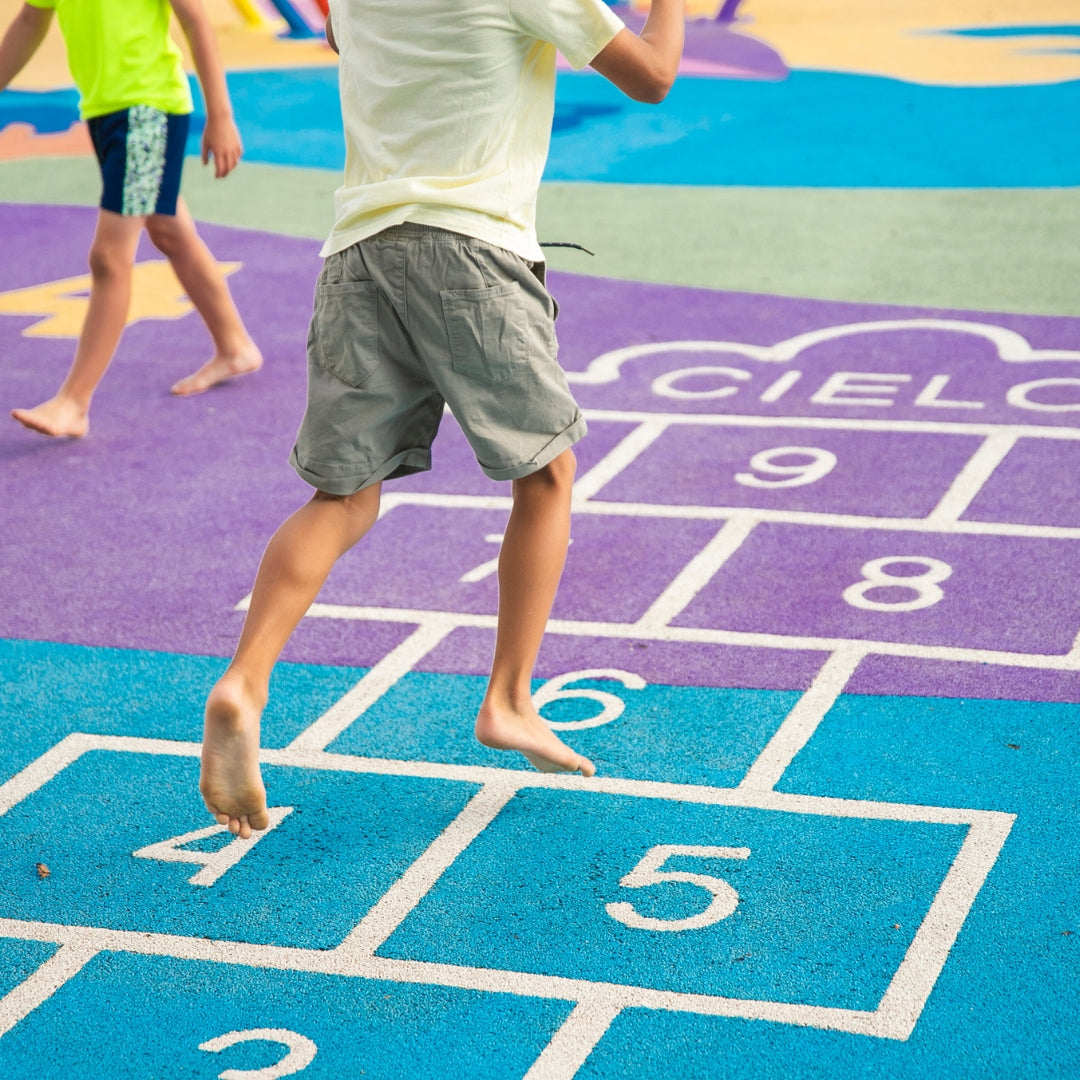
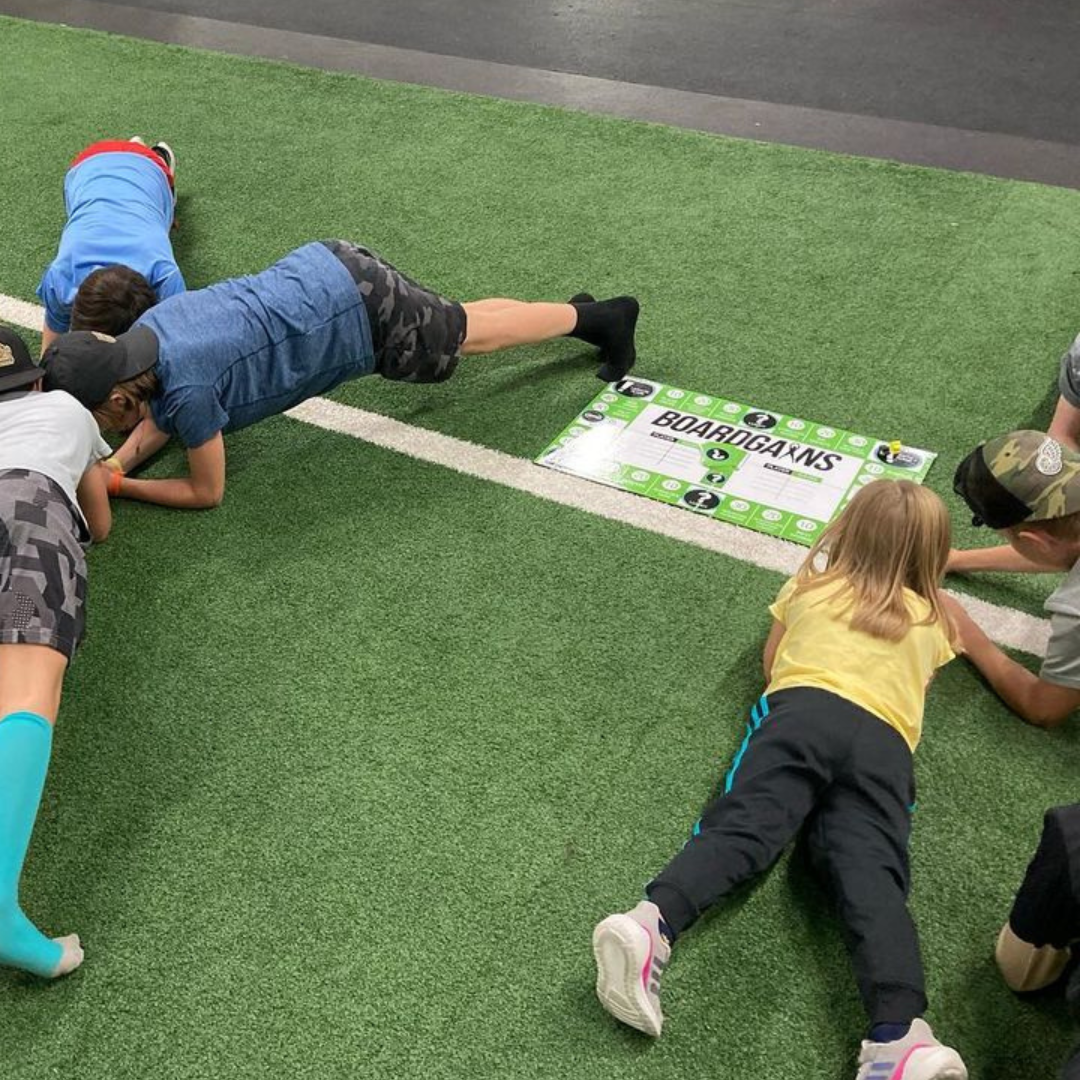
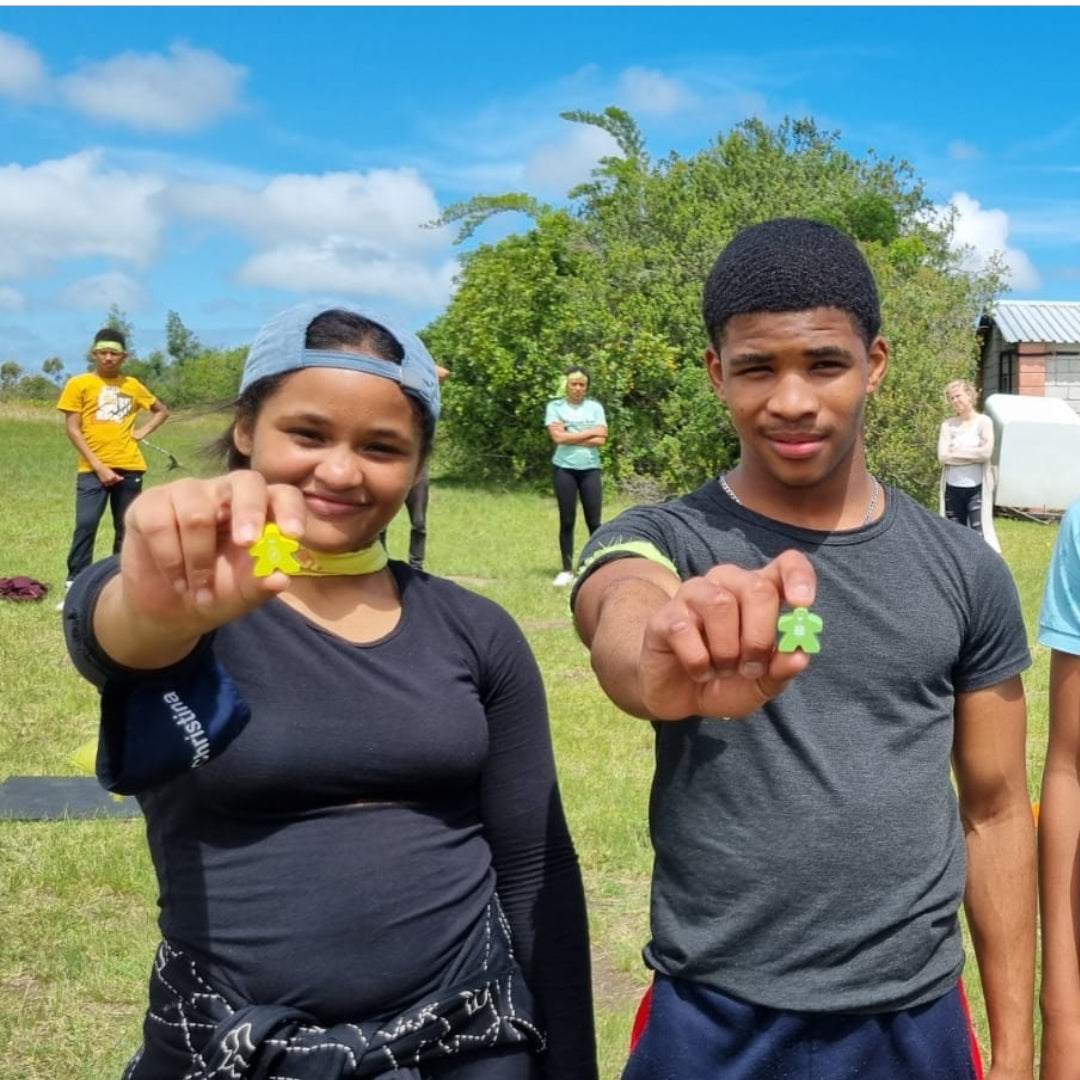

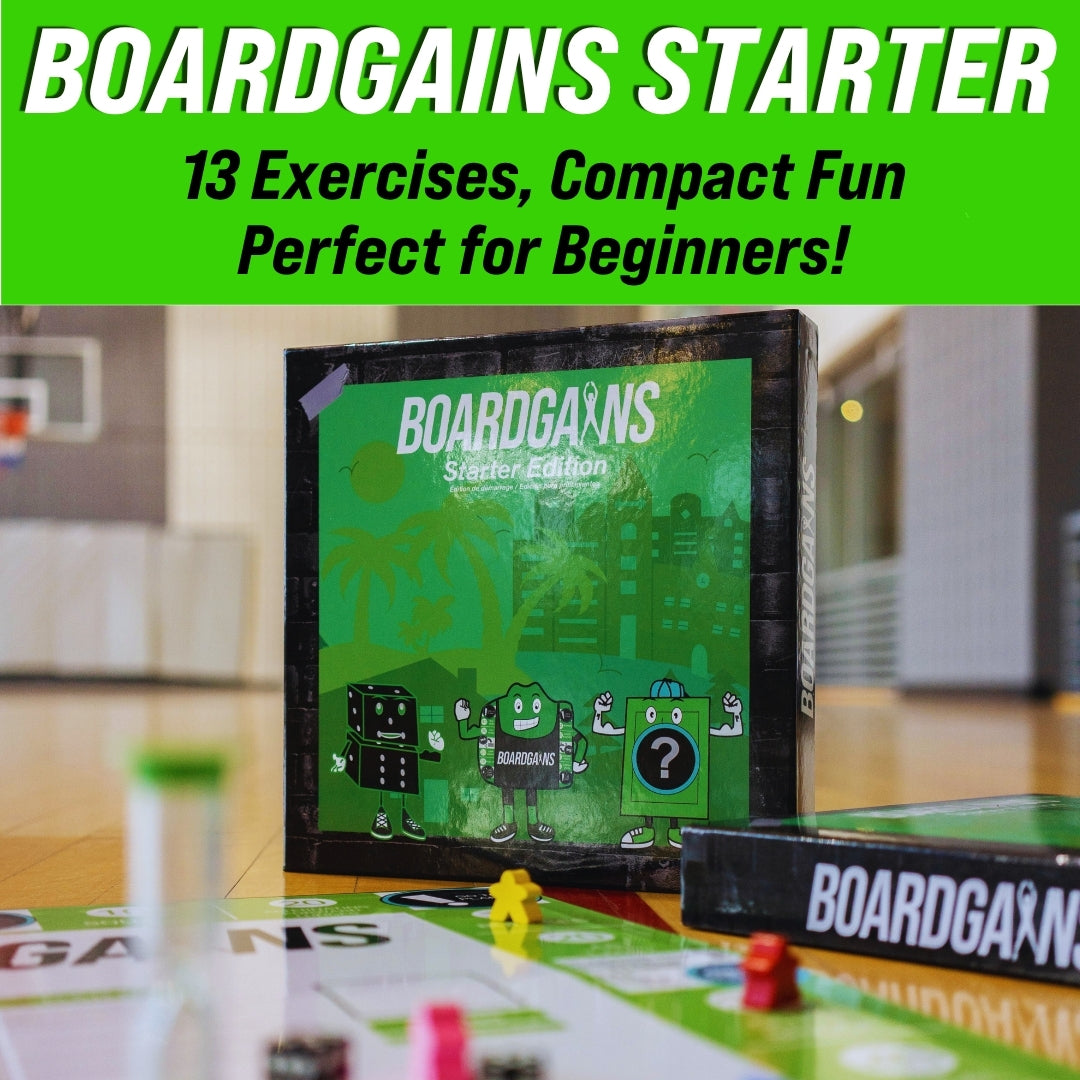
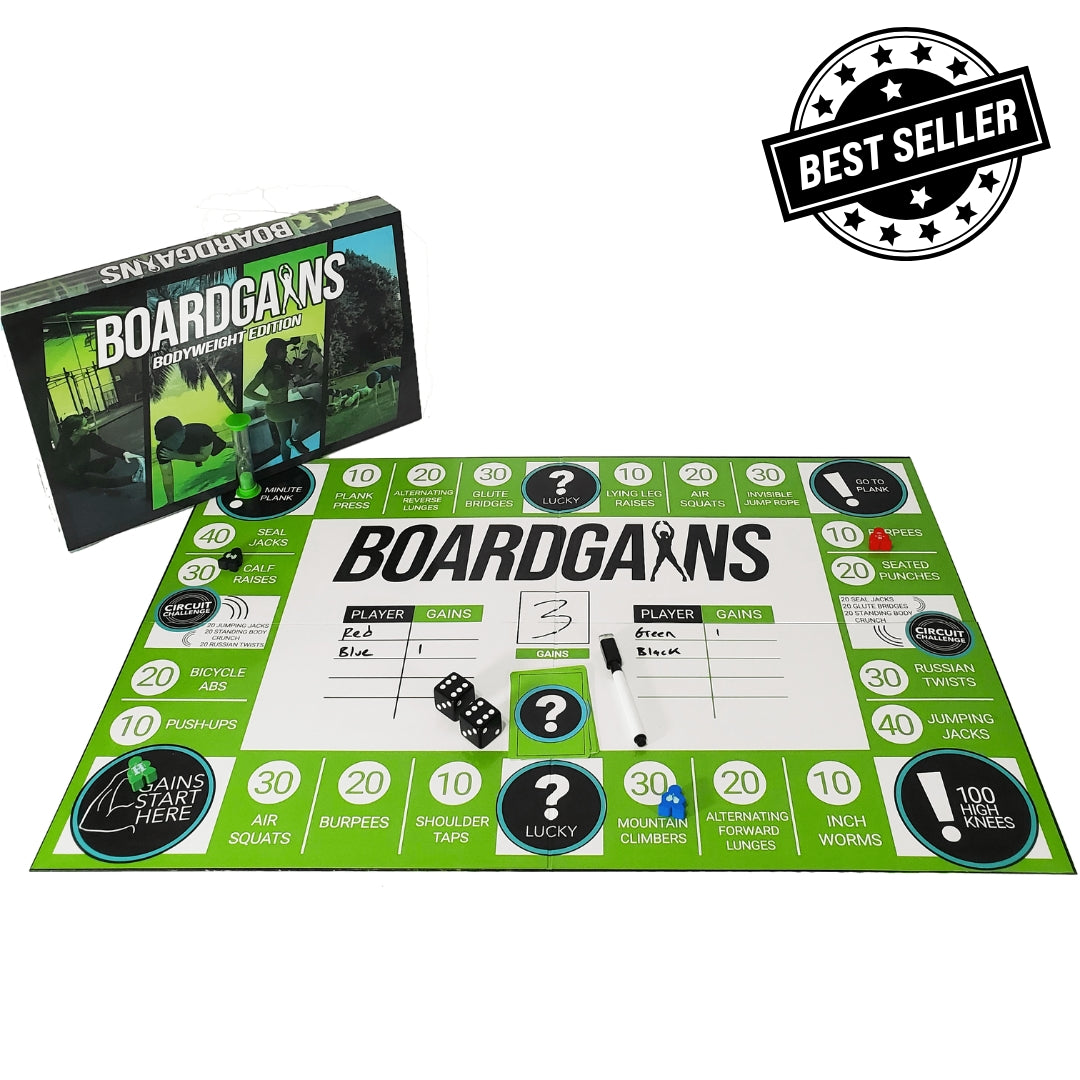

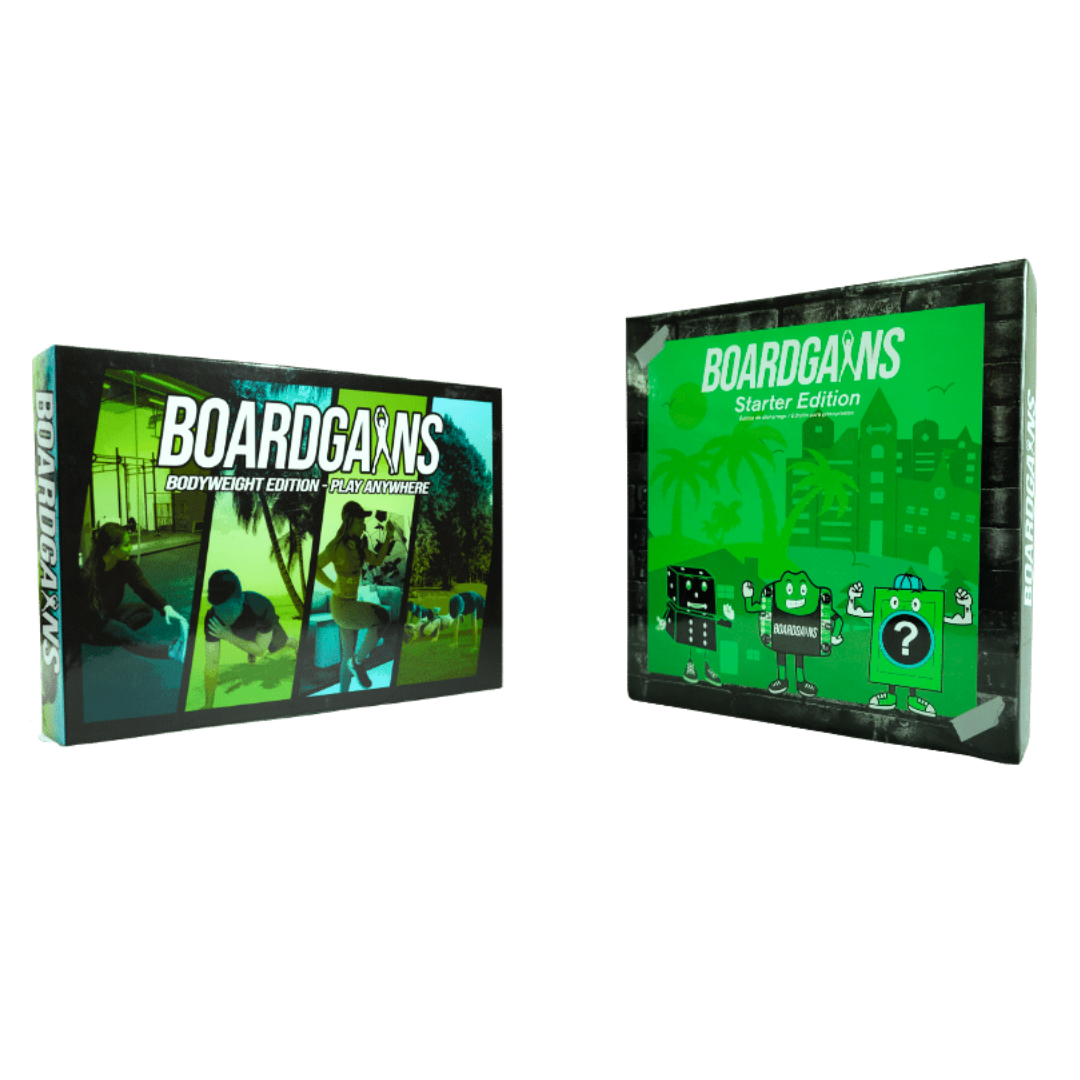
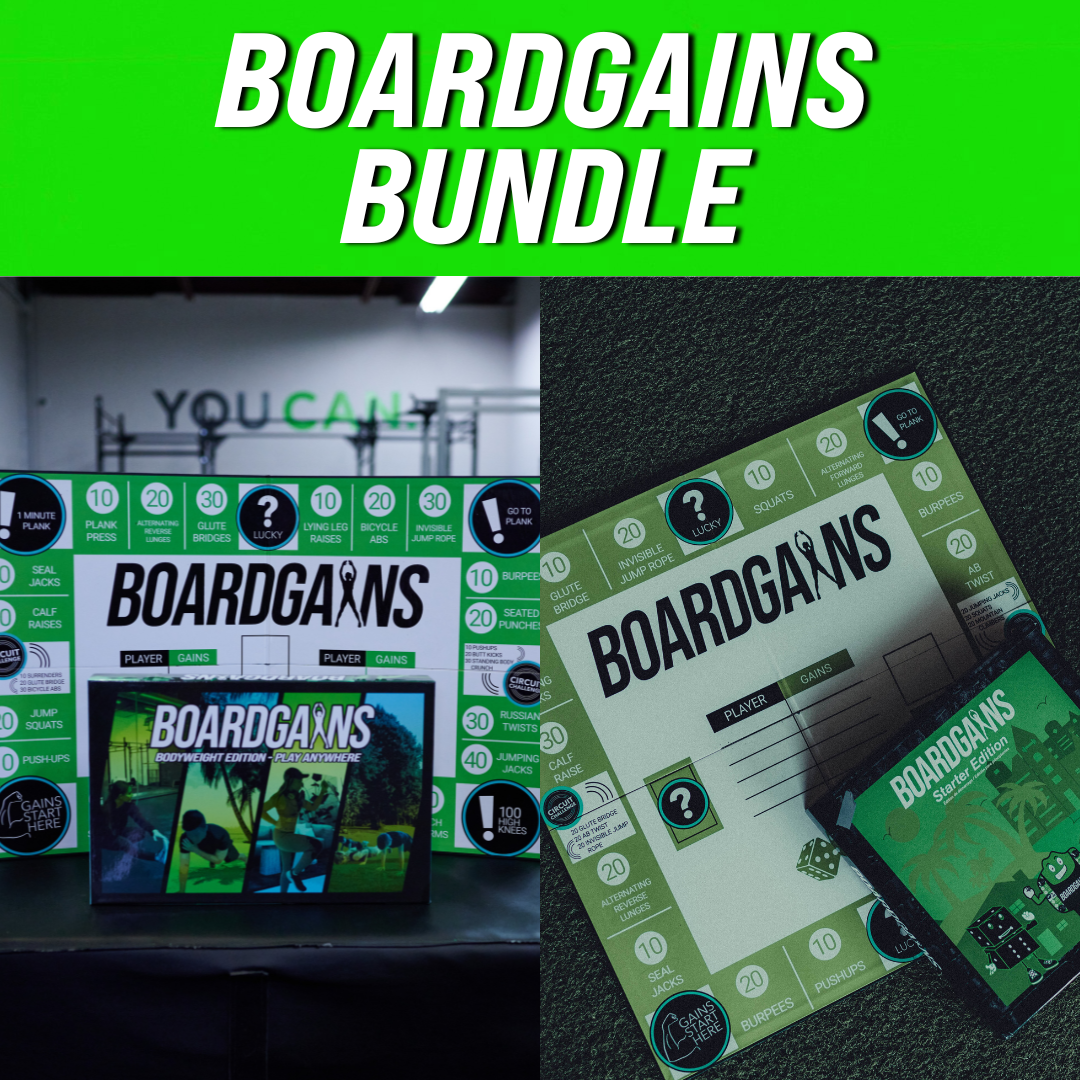
Leave a comment
This site is protected by hCaptcha and the hCaptcha Privacy Policy and Terms of Service apply.